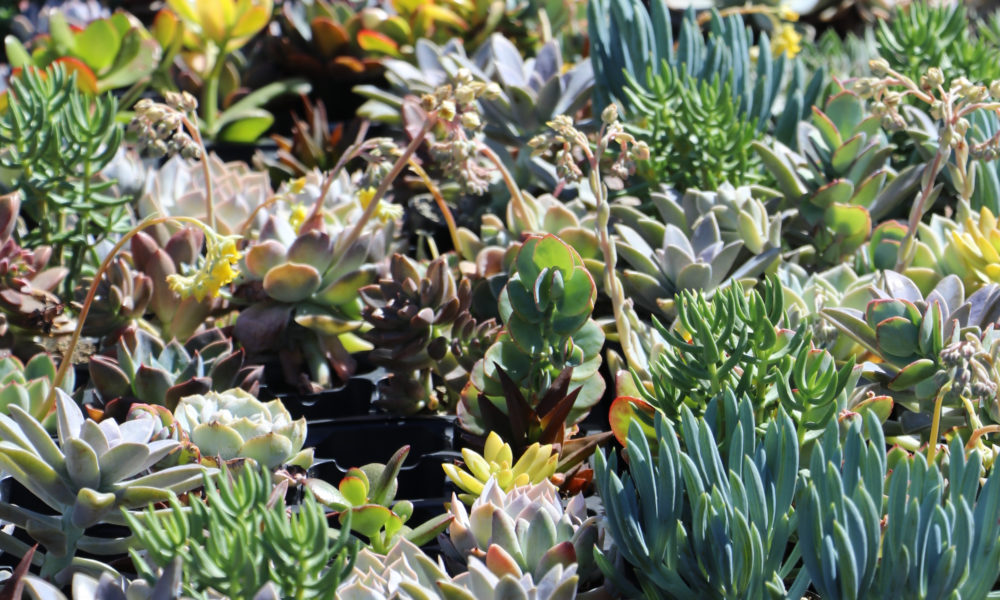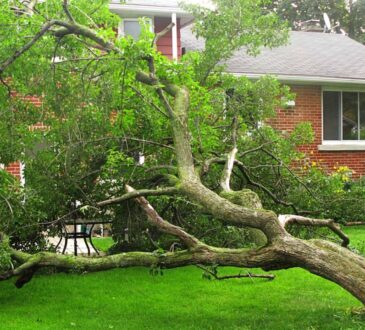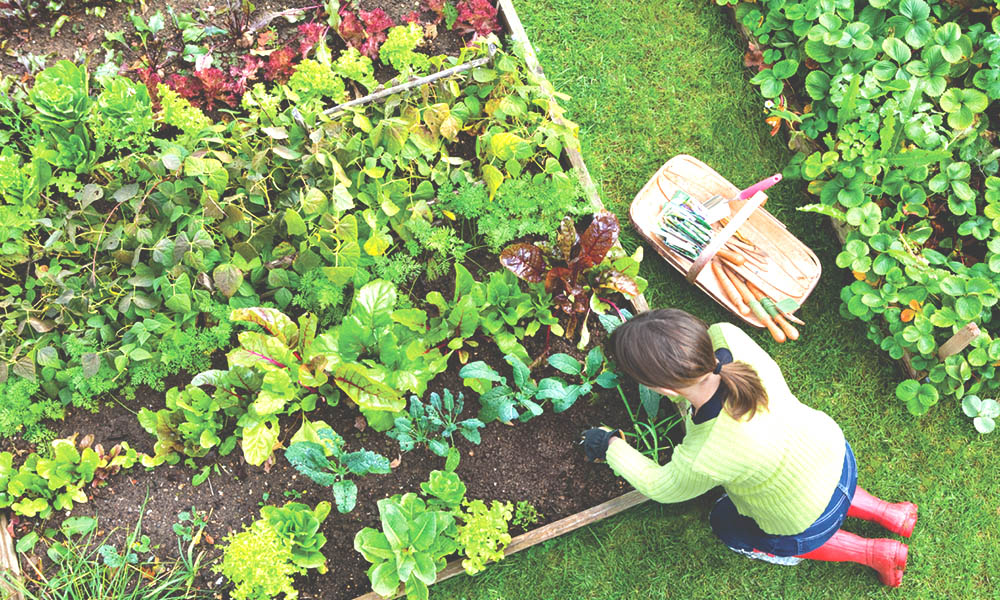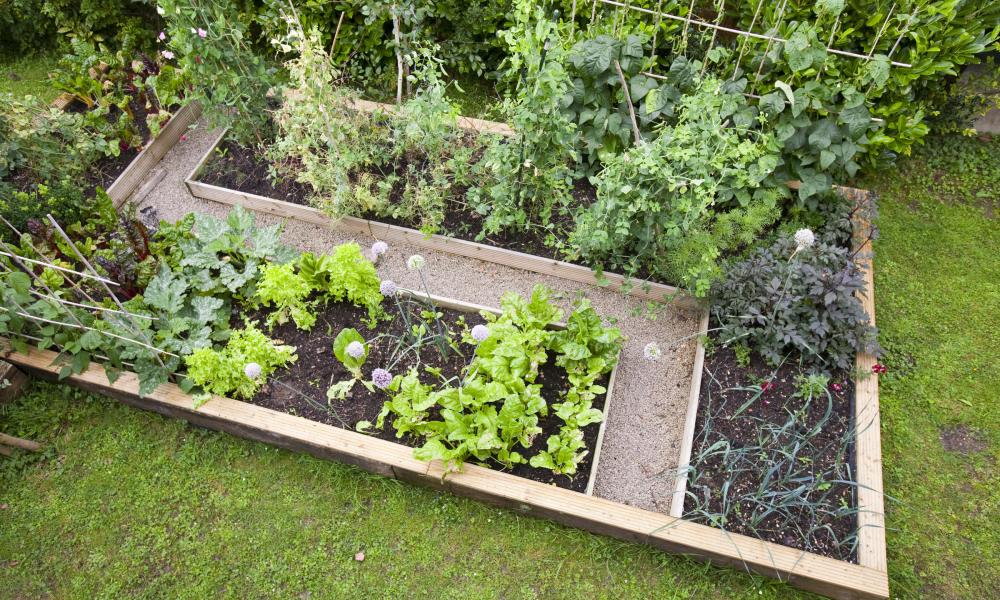
With the increasing concern for water conservation and the need to adapt to changing climate conditions, drought-tolerant landscaping has become a popular choice for homeowners and garden enthusiasts. By utilizing plants that require less water and implementing efficient irrigation systems, it is possible to create beautiful and sustainable gardens that thrive even during periods of drought.
Benefits of Drought-Tolerant Landscaping
Drought-tolerant landscaping offers several benefits for both the environment and homeowners:
- Water Conservation: By selecting plants that are adapted to arid conditions, drought-tolerant landscaping reduces the need for excessive watering, resulting in significant water savings.
- Cost-Effective: With lower water requirements, homeowners can save money on their water bills, especially in areas where water scarcity is a concern.
- Low Maintenance: Drought-tolerant plants are typically hardy and require less maintenance compared to traditional garden varieties. This can save both time and effort in garden upkeep.
- Environmental Resilience: Drought-tolerant gardens contribute to the overall resilience of the ecosystem by reducing the strain on local water resources and supporting biodiversity.
Tips for Designing a Drought-Tolerant Landscape

When creating a drought-tolerant landscape, it is important to consider the following tips:
- Choose Native Plants: Native plants are well adapted to the local climate and require less water to thrive. Research the native species in your region and incorporate them into your garden design.
- Group Plants with Similar Water Needs: By grouping plants with similar water requirements together, you can create efficient irrigation zones and avoid overwatering or underwatering specific areas.
- Improve Soil Quality: Enhance the soil’s ability to retain moisture by adding organic matter such as compost. This improves water absorption and reduces water runoff.
- Use Mulch: Apply a layer of organic mulch around plants to help retain moisture, suppress weed growth, and regulate soil temperature.
- Install a Smart Irrigation System: Utilize modern irrigation technologies such as drip irrigation or smart sprinkler systems to deliver water directly to the roots of plants, minimizing water loss due to evaporation.
- Reduce Lawn Area: Lawns require a significant amount of water to stay lush. Consider reducing the size of your lawn or replacing it with drought-tolerant ground covers, gravel, or paving.
Examples of Drought-Tolerant Plants
There are numerous drought-tolerant plant options to choose from, depending on your climate and personal preferences. Some popular choices include:
- Agave
- Lavender
- Yucca
- Succulents
- California Poppy
- Red Hot Poker
- Salvia
- Phormium
- Russian Sage
- Penstemon
These are just a few examples, and there is a wide variety of other drought-tolerant plants available for different garden styles and needs. Consult with local nurseries or landscape professionals for recommendations specific to your area.
By embracing drought-tolerant landscaping practices, homeowners can create stunning outdoor spaces that are both water-efficient and visually appealing. Not only does this contribute to water conservation efforts, but it also sets an example for sustainable gardening practices that can inspire others to follow suit.




